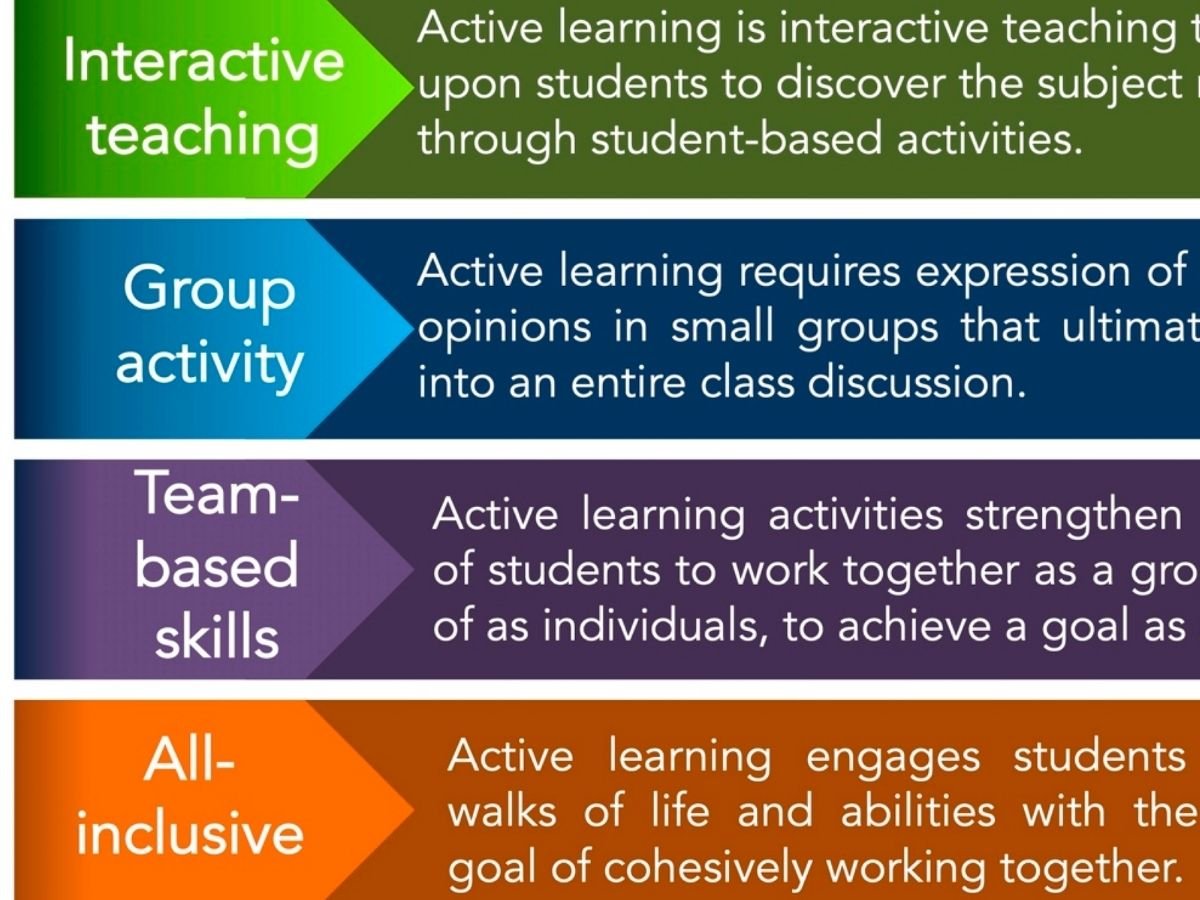Obesity can be a sensitive subject — and for good reason. People with obesity face weight stigma, or discrimination rooted in negative ideologies about body size, in almost every area of their lives. The workplace is no exception; according to the World Obesity Federation, people with obesity experience salary disparities, fewer promotions, harsher disciplinary actions, discrimination during interviews and higher contract termination rates.
For some, the bias is layered on top of other common biases related to race, ethnicity and other identity characteristics, a concept referred to as intersectionality.
In April, the Northeast Business Group on Health, an employer-led coalition of business leaders and healthcare stakeholders, released “Obesity, Diabetes and Racial Health Equity: What Employers Can Do.” The guide is intended to help employers improve benefits-related outcomes for employees with obesity and diabetes, a commonly associated condition, with a special focus on employees of color.
“The science of obesity is unequivocal that obesity is a disease, not an individual’s fault or merely a product of lifestyle choices or environmental conditions,” the guide stated. “People with obesity are often viewed as lacking willpower or self-control and having psychological problems that limit their ability to restrict food intake.”
The weight stigma that arises from misunderstandings about the condition isn’t just a psychological tax on workers with obesity, the guide noted. It also results in underuse of healthcare benefits that can treat the condition and potentially improve their quality of life.
The following are five tips for employers from NEBGH’s guide.
Analyze healthcare uptake along racial and ethnic lines
First, to understand the effectiveness and equity of health benefits, employers can implement a structural approach to collecting benefits data, including analyzing claims by race and ethnicity. This can be a privacy issue with small employers, Dr. Mark Cunningham-Hill, medical director at NEBGH and one of the report’s authors, told HR Dive. “But if you’re an employer with several thousand or tens of thousands of employees, then you can start getting some aggregate data and looking at … age, sex, ethnic origin,” he said. “The majority of that data is gathered by health plans.” You simply need to request the information.”
After determining where usage gaps exist, NEBGH recommends soliciting employee feedback. “Shifting the conversation from ‘why aren’t you engaging in what we offer?’ to ‘what about our benefits and programs isn’t working for you?’ assures people that their opinions are valued, effectively invites them to participate in a process, and encourages them to stay engaged,” according to the guide.
Employee resource groups are also beneficial. Employees are not expected to be experts on health issues such as obesity and diabetes, but they can share their experiences, raise issues, and describe challenges they and others may face, according to the guide.

Examine your healthcare options to ensure you have comprehensive coverage.
It can be difficult to know where to begin for employees who are obese and want to better understand and treat their condition. “Primary care isn’t always equipped for this,” Andrew Schneider, Novo Nordisk’s medical accounts associate director and an expert consulted for the report, told NEBGH. “When it comes to [the] obesity management landscape, we are so far behind, and we have a population devoid of any systematic treatment approach.”
Even more difficult, only about 5,000 physicians in the United States are certified in obesity medicine. While it may “sound like quite a lot,” according to Cunningham-Hill, it works out to roughly one doctor for every 20,000 patients if every obese person were paired with a trained doctor.
Employers can still assist. The guide refers to a list of doctors compiled by the Obesity Medicine Association, which employers can compare to their insurance options to evaluate access and make improvements.
Inquire with healthcare vendors about DEI values and practises
Finally, employers can help by collaborating with healthcare partners who prioritise DEI and strive for specific diversity-related goals. Employers should ask NEBGH questions like, “How do you engage users in evaluating how well your offerings meet their needs?” “How do you ensure that feedback represents a diverse range of users?” and “What is your strategy for understanding those who aren’t reaching out to you?”
According to the guide, employers can also assess plans’ cultural competence by looking at their Healthcare Effectiveness Data and Information Set and Consumer Assessment of Healthcare Providers and Systems scores. Through data collection and analysis, these programs seek to improve healthcare performance outcomes and patient experience.
Finding healthcare partners who provide current, unbiased, and patient-centered care can be critical in encouraging employees to participate in their benefits. A June 2021 study of 14,000 adults from six Western countries discovered that two-thirds of those who reported a history of weight stigma reported experiencing it from doctors.
“After controlling for demographics, BMI, and experienced stigma, participants with higher internalised weight bias reported greater healthcare avoidance, increased perceived judgment from doctors due to body weight, lower frequency of obtaining routine checkups, less frequent listening and respect from providers, and lower quality of healthcare across all six countries,” the study found.

















